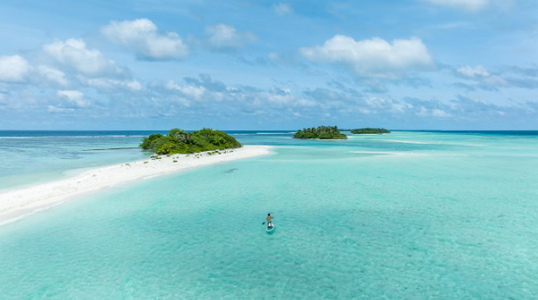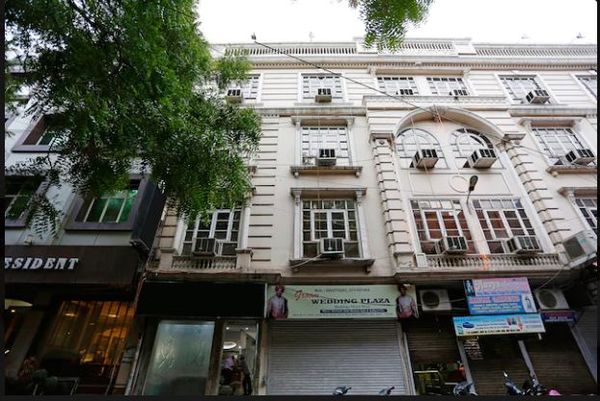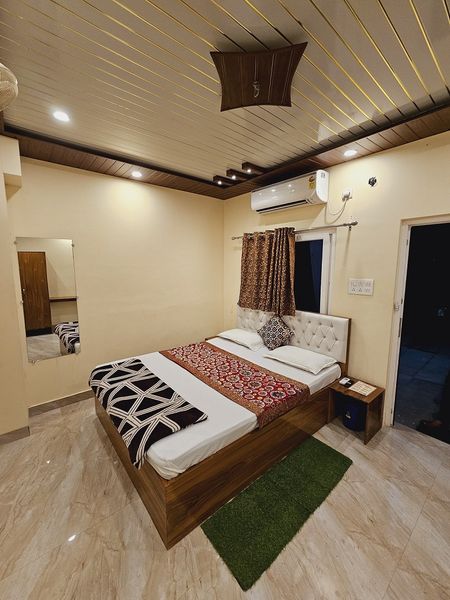Exploring Fiji’s Culture: Traditions, Dance & Festivals
 Seo Look
19 Sep, 2025
9 mins read
49
Seo Look
19 Sep, 2025
9 mins read
49

Fiji is often known for its clear waters, soft beaches, and tropical islands. But beyond its natural beauty, the country has a rich cultural life that makes any visit more meaningful. From unique traditions to colorful dances and lively festivals, Fijian culture is full of experiences that stay in your memory. For travelers who want more than just a beach holiday, understanding Fiji’s traditions and celebrations adds depth to every journey.
The Foundation of Fijian Culture
Fiji’s culture is a mix of indigenous Fijian customs, Indian influences, and traces of Chinese, European, and other Pacific Island traditions. This blend is the result of centuries of trade, migration, and colonial history. While modern Fiji is multicultural, traditional values remain strong. Respect for elders, community sharing, and spiritual life continue to shape daily living.
Village life is at the heart of Fijian culture. A visit to a local village often includes being welcomed with a traditional ceremony, usually a sevusevu. In this custom, guests present kava root, which is used to prepare a drink that symbolizes friendship and respect. Visitors then sit with villagers, share stories, and learn about Fijian ways of life.
Traditional Fijian Dance
Dance plays an important role in expressing culture, telling stories, and entertaining communities. Fijian dances are not just performances; they are forms of storytelling passed down through generations.
One of the most famous dances is the meke. This traditional performance combines singing, drumming, and movement. The meke can be performed by men, women, or both together. Men’s dances are usually more vigorous, with strong movements and war-like energy, while women’s dances are graceful and gentle. Each meke tells a story, whether it’s about legends, battles, or everyday life.
The costumes worn during these dances are also striking. Performers dress in traditional attire made of bark cloth, decorated with natural dyes, and wear garlands of flowers and leaves. Drums and wooden instruments provide the rhythm, making the experience lively and captivating.
Indian Influence on Dance and Music
Fiji has a large Indo-Fijian community whose ancestors came from India during the colonial period. Their culture has brought classical Indian dance forms, Bollywood-inspired moves, and lively music into the Fijian scene. Today, many celebrations in Fiji feature both indigenous and Indian styles of performance. This mix shows how the country values diversity and unity.
Festivals in Fiji
Festivals are one of the best ways to see Fiji’s culture come alive. Throughout the year, the islands celebrate both traditional and modern events.
Hibiscus Festival
The Hibiscus Festival is one of the biggest events in Fiji. It takes place in Suva, the capital, and lasts for a week. The festival includes parades, live music, dance competitions, food stalls, and beauty pageants. Both locals and tourists join in, making it a lively celebration of Fiji’s spirit.
Diwali
Diwali, the Festival of Lights, is celebrated widely by the Indo-Fijian community. Homes and streets are decorated with lamps and candles, symbolizing the victory of light over darkness. Families share sweets, wear new clothes, and enjoy firework displays. Even non-Hindu communities often take part, reflecting Fiji’s multicultural harmony.
Bula Festival
Held in Nadi, the Bula Festival is another vibrant event. The word “Bula†means “hello†or “welcome†in Fijian, and this festival reflects that warmth. Visitors can enjoy traditional music, cultural performances, and local crafts. It’s a great chance to see meke dances and taste authentic Fijian dishes.
Holi
The Festival of Colors, Holi, is another major celebration among Indo-Fijians. People throw colored powders, dance, and sing. The joyful spirit of Holi spreads across communities, attracting tourists as well.
The Role of Food in Celebrations
Food is central to every cultural event in Fiji. Traditional Fijian meals often include dishes like lovo, which is food cooked in an underground oven. Fish, taro, cassava, and chicken are wrapped in banana leaves and slow-cooked, creating a smoky and tender flavor. Indo-Fijian dishes such as curries and sweets are also common during festivals, offering travelers a rich mix of flavors.
Respecting Fijian Traditions
When visiting Fiji, it’s important to respect local customs. Simple actions like dressing modestly when entering a village, removing hats indoors, and showing respect during ceremonies are appreciated. Participation in kava ceremonies or learning a few Fijian greetings also helps travelers connect better with locals.
How Culture Enhances Travel
Experiencing Fiji’s culture adds value to any trip. While beaches and resorts are relaxing, engaging with traditions, dances, and festivals offers deeper connections with the land and its people. Many travelers say their most memorable moments in Fiji are not just about nature but about the warmth and hospitality of its communities.
If you’re planning a trip, choosing a Fiji tour package that includes cultural experiences is highly recommended. A well-designed Fiji tour itinerary usually includes village visits, festival tours, and traditional dance performances along with beach time and adventure activities. This balance ensures you enjoy both natural beauty and cultural richness.
Conclusion
Fiji is more than a tropical paradise. Its traditions, dances, and festivals create a cultural landscape that’s as colorful as its coral reefs. From the powerful energy of the meke to the bright lights of Diwali and the community spirit of the Hibiscus Festival, Fijian culture invites every visitor to feel welcome. Exploring these traditions makes your journey not only a holiday but a deeper connection to the islands and their people.
Written By:
Seo Look



Hotels at your convenience
Now choose your stay according to your preference. From finding a place for your dream destination or a mere weekend getaway to business accommodations or brief stay, we have got you covered. Explore hotels as per your mood.


